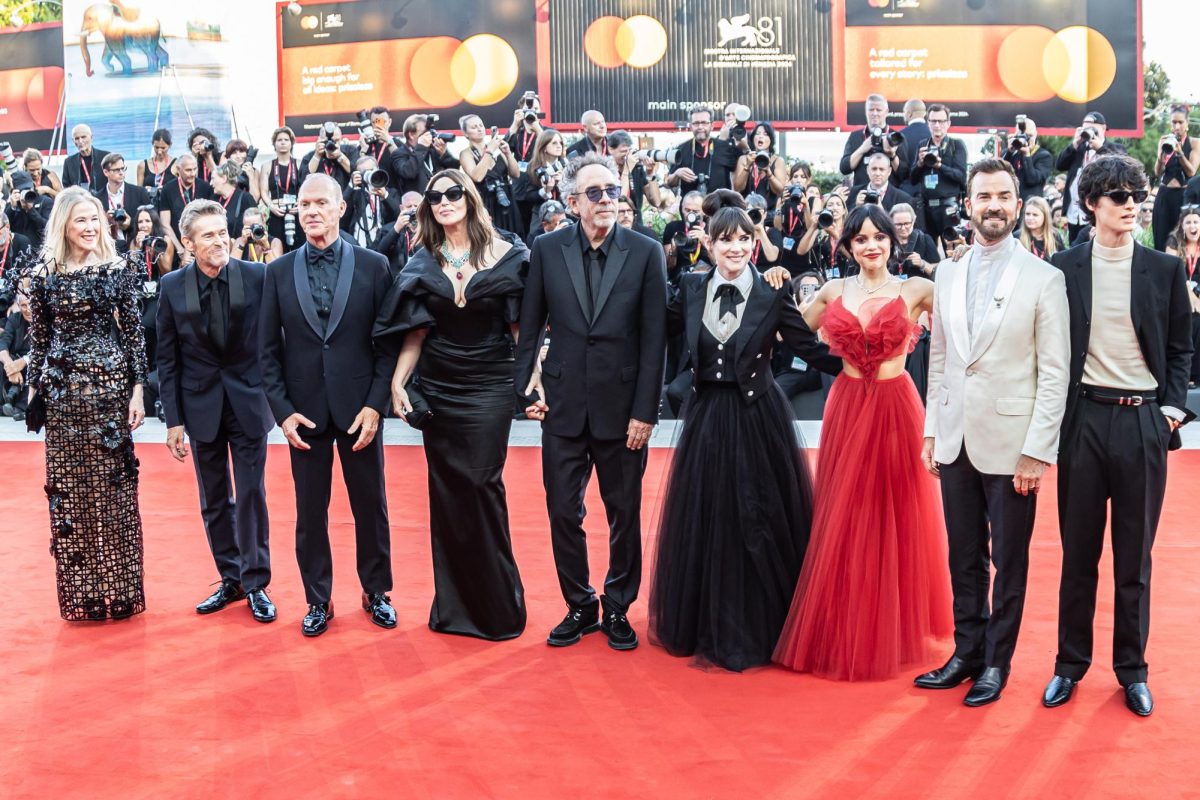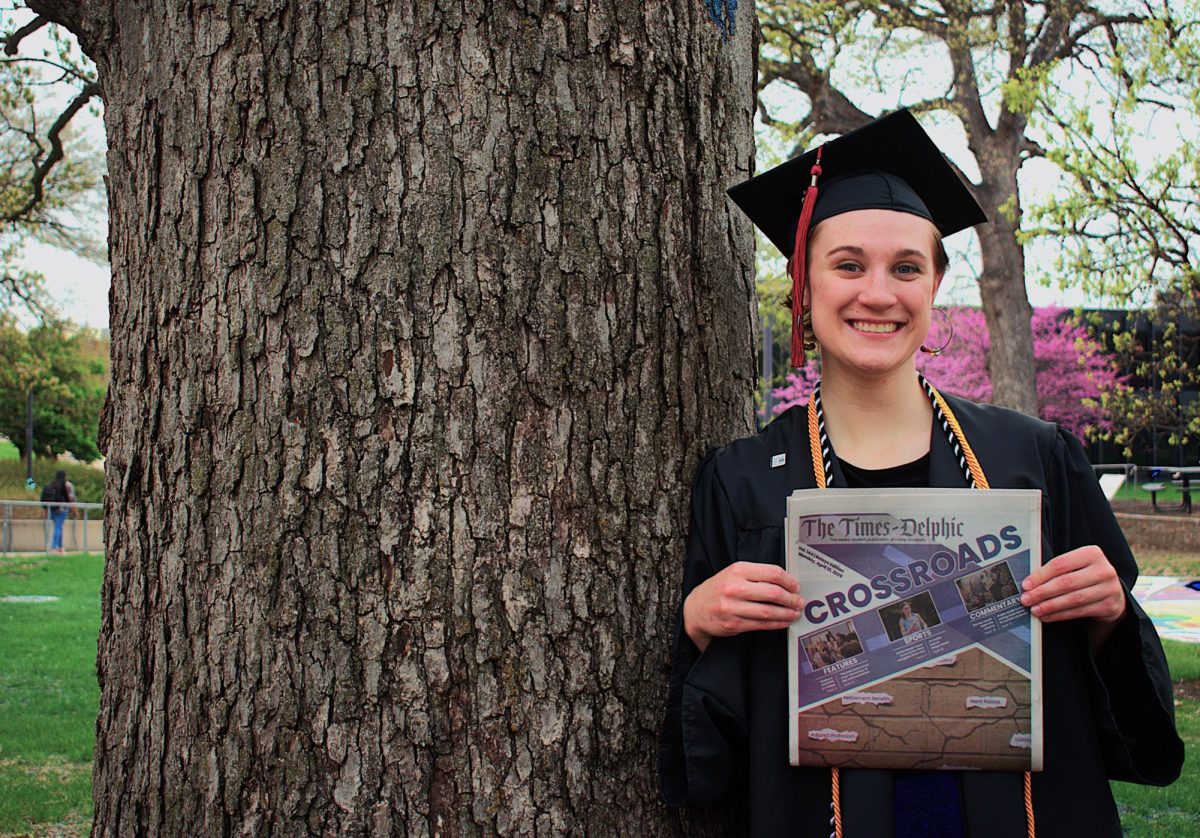Director Tim Burton’s “Beetlejuice Beetlejuice” is a sequel to his 1988 comedy horror classic “Beetlejuice.” The film follows an adult Lydia Deetz (Winona Ryder) and her gloomy teenage daughter Astrid Deetz (Jenna Ortega) as they grieve the loss of Charles Deetz, Lydia’s father. The loss forces them to return to their haunted house in Winter River, Connecticut, and reunite with Lydia’s stepmother Delia (Catherine O’Hara). A series of events reintroduces them to Betelgeuse (Michael Keaton), a bio-exorcist on the run from Delores, his soul-sucking wife (Monica Bellucci).
The film is visually striking — cinematographer Haris Zambarloukos’ surreal frames are filled with beautiful colors and wacky compositions. Aggie Guerard Rodgers’ costumes are irreverent as ever, while Mark Scruton’s whimsical production design and David Morison’s fantastical set design revive Burton’s funky little world with such ease that you forget it’s been more than 30 years since the first movie. Danny Elfman’s eclectic soundtrack delivers a playful score and a nostalgic rendition of the “Banana Boat Song.”
Alfred Gough and Miles Millar’s screenplay keeps the original film’s wacky humor alive by casually weaving in death by shark attack and lingering teenage ghosts while Betelgeuse is just as perverted as he was in the first film, hellbent on marrying Lydia. Burton’s direction nails the tone of the dark fantasy, reviving his quirky Afterlife.
The issue with “Beetlejuice Beetlejuice” is its scattered screenplay. The film introduces multiple interesting storylines and then simply doesn’t have the time to flesh each out one before quickly moving onto the other. Bellucci’s mysterious Delores is criminally underutilized, especially considering that she is the film’s main antagonist. Willem Dafoe is introduced as Wolf Jackson, a B-movie action star who is a wily ghost detective in the Afterlife, but his subplot is not explored enough either. The storyline with Jeremy Frazier (Arthur Conti) who is introduced as a potential love interest for Astrid, certainly fares better, but the couple is still not given enough time to properly build tension. The subplot with the smarmy Rory (Justin Theroux), Lydia’s current boyfriend, who is a bit of an annoying creep, feels overemphasized to the point where I wondered why he wasn’t the main antagonist.
This is not to mention that these storylines aren’t really cohesive, and feel like different movies that were meshed together instead of one film with a few subplots. It made me wonder if “Beetlejuice Beetlejuice” would have worked better as a series instead of a film, because each of those subplots had hilariously bizarre characters that I wanted to see more of.
Pushing the shallowness of each plot thread aside, the film still rushes through scenes like it has a train to catch, making the climax suffer from the same issue — everything is resolved far too quickly, and the main antagonist that was built up throughout the film is defeated with little difficulty.
The ensemble cast uplifts this film with brilliant comedic timing, particularly Michael Keaton, who is delightful as the perverted Betelgeuese, who just looks like he’s having so much fun.
The film is beautifully chaotic, much like the world it’s set in. While it certainly has its fair share of issues with a scrambled plot and a half-hearted attempt at exploring themes of motherhood and familial relationships, it is still absolutely hilarious and a nostalgic return to the gothic original.
Is it a brilliant film? Not particularly, but it is a wildly entertaining and engaging ride that admirers of the first film will still enjoy. Just keep your brains in the fridge and enjoy the complete lunacy of these eccentric characters.







